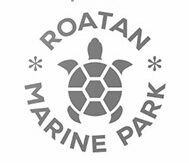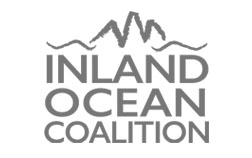‘Southside Days’ bring year-round diving in Roatan
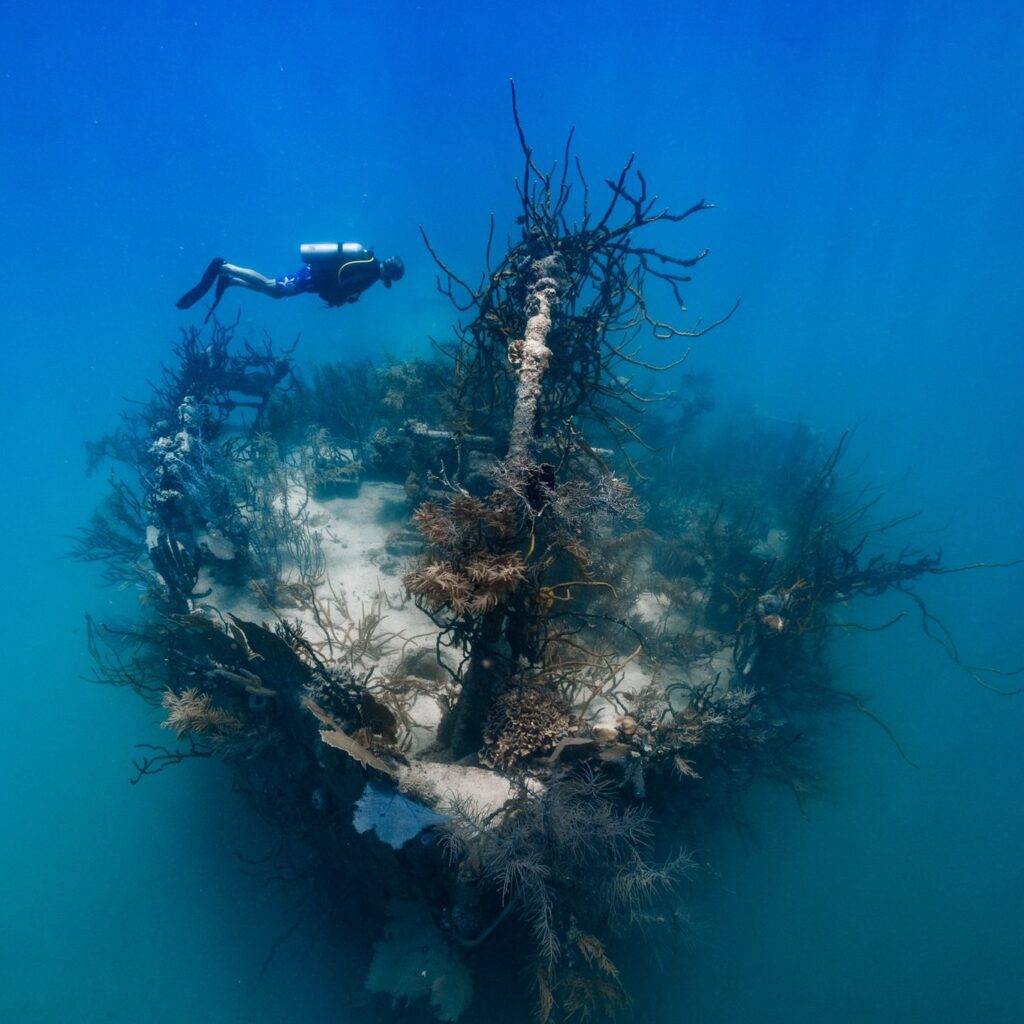
The Southside's Prince Albert is adorned with soft coral. Photo by Michelle Drevlow.
Whether you are traveling to Roatan for the first time or are a regular visitor, you can always assume the tropical weather will throw some curveballs during your vacation. That’s just the small price we pay to enjoy the pristine beauty of a remote island in the Caribbean.
People often ask, “will rain effect our dive trip?” Or they see high winds and high seas in the forecast and automatically assume the weather is going to prevent them from diving.
Will Weather Affect My Diving in Roatan?
The short answer is “No.” And this answer is right about 99% of the time. The long answer is this:
There are always exceptions, but with “rainy season” actually comes unique diving opportunities when you’re diving in Roatan. Before looking into those specifics, let us take a step back and explore how the weather impacts the island.
Wind Matters Most
Roatan is shaped a bit like a sideways banana, running 48 miles long / 77km from southwest to northeast. What direction winds are traveling in, their strength and how they hit the contour of the island are the biggest variable in perfect dive conditions on Roatan.
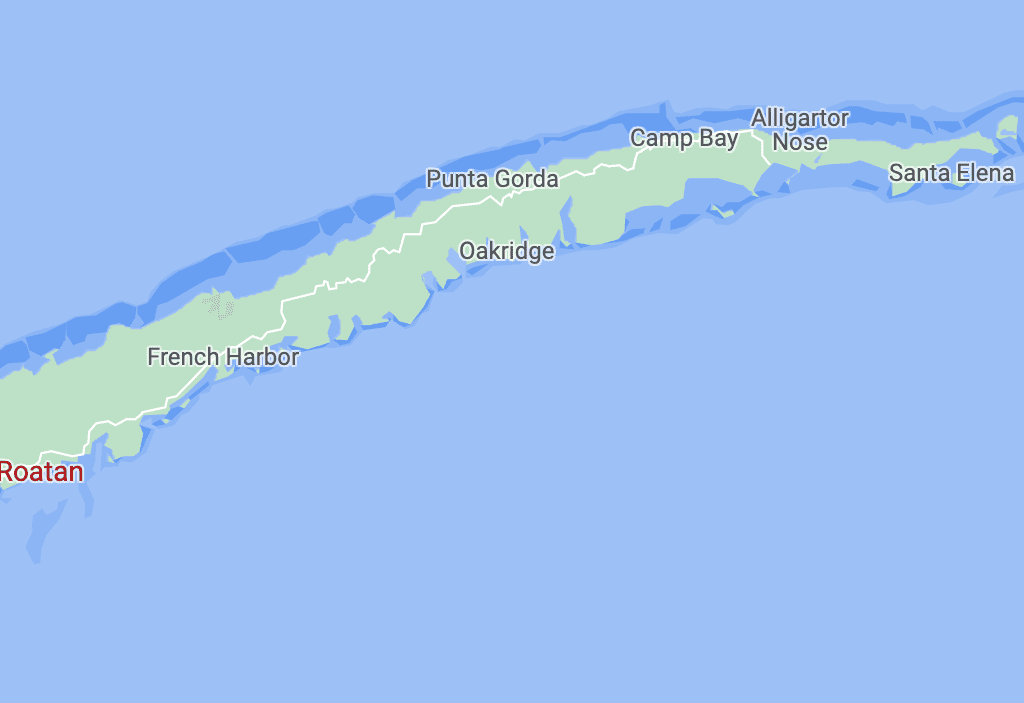
For the majority of the year, trade winds cross the island from east to west. This makes the Eastern and Southern side of the island very rough. Conversely, the mountainous island impedes the wind resulting in flat calm seas on the Western edge and Northside of the island.
Fortunately, Sun Divers is perfectly situated on the western coast of the island on one of the Caribbean’s most idyllic spots on the beach in Half Moon Bay. The low wind and calm seas create the perfect conditions for diving in crystal clear water.
However, during the rare days when the wind shifts directions and makes western Roatan rough, there is a major silver lining: The Southside becomes calm.
In some rare moments, the winds will come from the southeast, and these are the days when conditions on either side of the island have to be monitored for safe diving. But these days are the rarest of them all.
How We Monitor Weather
Ensuring that we select the right side to dive on and the right sites to take you to is a matter of both safety and enjoyment. So, we take it seriously.
We use multiple weather forecast resources, including Windfinder, Windy, Weather Underground and the helpful local forecast from Roatan Weather.
It’s not secret that weather forecasts are well….semi-reliable at best (insert bad joke about weathermen), so we also assess conditions in real time with team members making early morning drives over to the Southside to verify wind and wave conditions for that morning.
Calls regarding weather’s influence on diving are made based upon insights from these resources, as well as the experience of our boat captains and dive instructors who have an almost innate sense when it comes to reading local weather conditions.
We also continuously monitor the weather, even when you’re underwater blowing happy bubbles, so that we can be prepared to adjust our plans for the next dives if needed.
You can always rest assured that we’ve got you covered when it comes to selecting optimal dive conditions.
The big debate: Southside vs. Northside
When we head south, we call this a: “Southside Day.”
Instead of leaving from the beach behind the shop, we take the boats to our dock on the Southside and transport all of our customers via luxury bus. The ride takes no more than seven minutes.
When divers hear this plan, the immediate next question is: “Is diving on the Southside as good as the North?”
The short answer here is “Yes!” The long answer is:
There isn’t one side that’s better than the other. They’re equally fantastic, yet different.
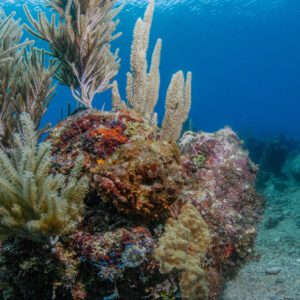
A scorpion fish sites amongst the garden-like soft coral.
The Southside is considered “more dramatic” with a shallow and short plateau giving way quickly to sheer walls. The south is also known for having more soft coral that delicately sway creating the illusion of an underwater garden. And Southside days give us the opportunity to explore uniquely captivating sites such as Keyhole, Blue Cave, the Prince Albert wreck, and the iconic Mary’s Place.
In contrast, the Northside has a gently sloping plateau ranging from 15 to 60 feet that then gives way to a wall drop off. The water on this side tends to be more nutrient dense, making this side of the island “fishier,” teeming with schools of fish as well as larger predatory fish. On some sites, you can cruise across the plateau for more than 10 minutes before you hit the wall, and there are many sites with sandy shallows that make for fun macro critter hunting in the sand and amongst coral heads.
Regardless of which side you’re on, there’s always adventure and exploration waiting for you.
And you can rest assured that a rainy day will not dampen the dive trip you have planned for months. So what are you waiting for? Book that next dive trip!







